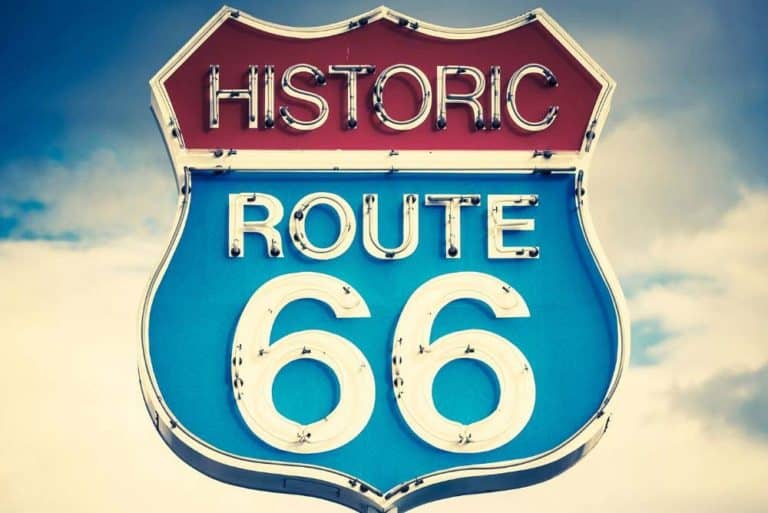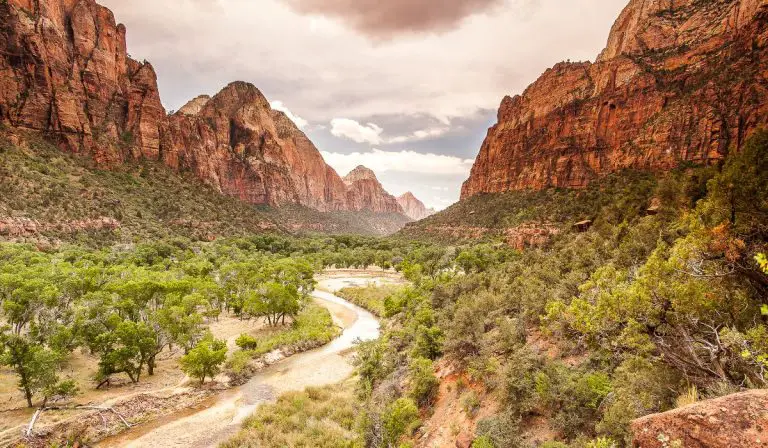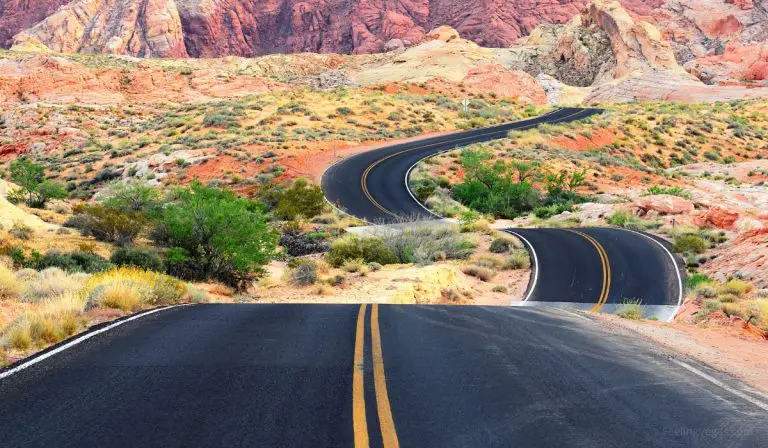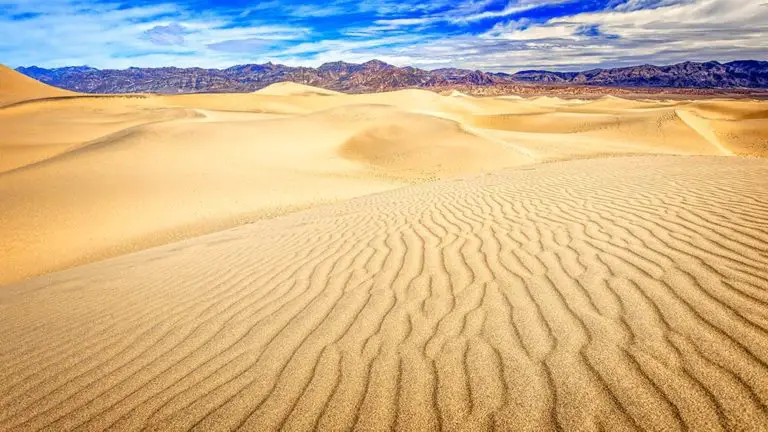What Desert Is Las Vegas In? Map & Nearby Points of Interest
Besides being one of the largest entertainment hubs in the United States, Las Vegas also has a reputation for harsh weather conditions. The temperatures in the city range from warm to almost unbearable levels in the summer. The primary reason for the constant heat is Las Vegas’ location in a desert area.
So, what desert is Las Vegas located in?
Las Vegas sits in the middle of the Mojave Desert. The most central portions of the Mojave have little or no human settlements. However, other areas have large populations, including Las Vegas, Lancaster, St. George, Victorville, Barstow, and Palmdale.
The rest of this article will discuss why Las Vegas was built in the Mojave Desert, the history of the Mojave, and fun things to do in the Mojave when visiting Las Vegas.
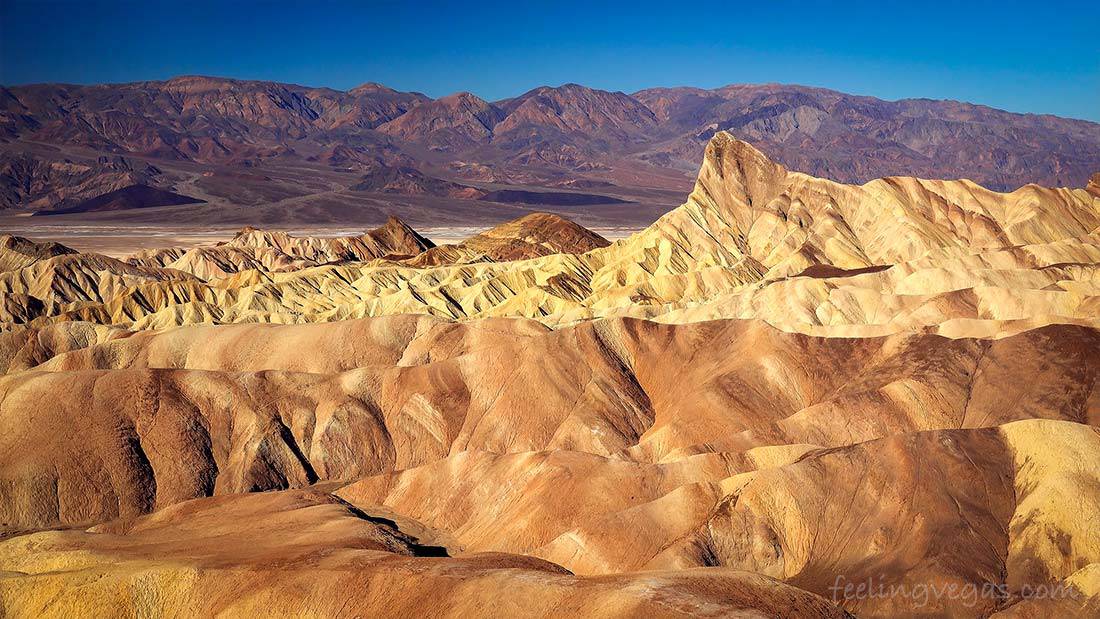
Why Was Las Vegas Built in the Mojave Desert?
It may seem weird that humans purposefully built a city in the middle of a dry and arid desert. However, a quick look at Las Vegas’ origins will help you understand why the idea made sense at the time.
In the early 1800s, the area we call Las Vegas was nothing but a valley with a tributary of the Colorado River running through it. Traveling traders saw this valley as an excellent spot to replenish their water supply while on their way to Los Angeles.
Between 1844 to 1857, the Las Vegas Valley served as a fort for scouts, spies, hunters, traders, and missionaries. The fort soon moved into private ownership, and a small town began to spring up around it.
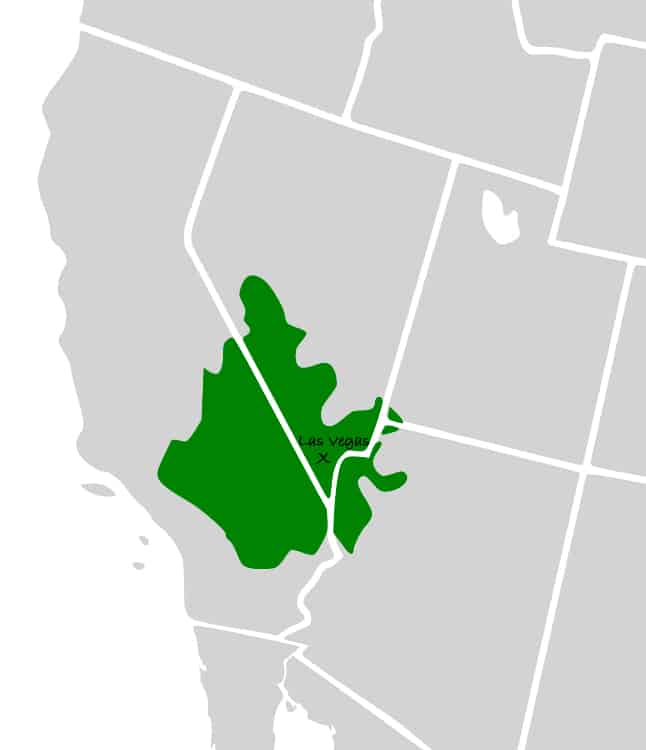
In the early 20th century, the townspeople built wells to provide an additional water source for the inhabitants. This construction further established Las Vegas’ popularity as a water stop for travelers in the desert, including those on the railroads.
The establishment of more railroads across the Mojave Desert ensured the continued growth of Las Vegas. It soon morphed into a city, and its incorporation in 1911 cemented its place as one of the fastest-growing towns in the United States.
(Why is Las Vegas and the Mohave Desert so hot? Find out in our article here)
History of the Mojave Desert
To help you better understand the history of the desert, we’ll divide the timeline between the years 1600 to 2000 into these three eras:
- Expedition era
- Mining era
- Las Vegas growth era
Expedition Era (1600 – 1860)
The Mohave and Chemehuevi Indian tribes inhabited the desert long before the Europeans set foot on it. These Indian tribes were sparse because of the harsh conditions in the desert. However, they still made homes for themselves along the Colorado River.
The Mohave were mainly hunters, but they did what little farming they could, considering the desert conditions. They hunted Bighorn sheep, Jackrabbits, Deer, and other animals native to the area.
In 1604, Juan de Onate became the first European to encounter the Mohaves while on his search for the Southern Sea. In 1776, almost 200 years later, Father Francis Garces became the first European to cross the desert.
Garces’ actions would spark several expeditions over the next few decades. Dozens of explorers led parties across the desert, including Joaquin Pascal, Jedediah Smith, Lt. Robert Williamson, and Lt. John Fremont in 1819, 1826, 1835, and 1844 respectively.
There was increased tension during this period between the natives and the Europeans. Raids, massacres, and other attacks were rampant in the desert, especially in the 1800s, when the Mojave Road served as a mail route.
Mining Era (1861 – 1920)
The outside population soon discovered the presence of gold and silver deposits in the Mojave Desert. This discovery sparked a series of mining projects in the desert. They built towns around the mining areas to ensure the success of these projects.
The General Mining Act of 1872 only added to this rush for wealth. Soon, there were several iron, silver, gold, and copper mines scattered around the desert with brand new railroads to enhance transportation.
Unfortunately, the people overestimated the profitability of mining in the Mojave, and they would eventually abandon these mining towns in the future.
Las Vegas Growth Era (1921 – 2000)
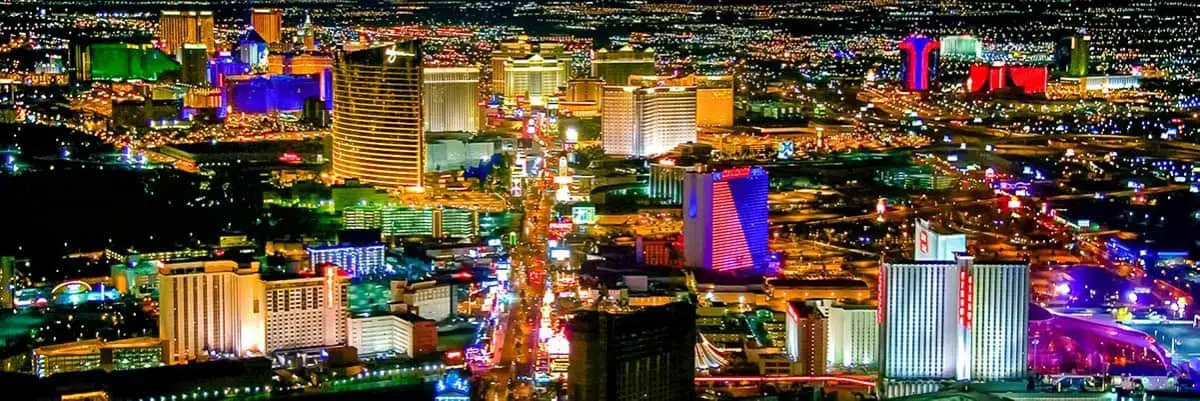
The incorporation of Las Vegas as a city in 1911 soon led to spikes in population throughout the 1920s. It was during this period that Las Vegas began to establish itself as a gambling location. In 1931, the legalization of gambling in Nevada only served to increase the city’s population.
Unlike many others, Las Vegas’ economy survived the Great Depression of the 1930s, mostly because of the miners and construction workers coming in. 1973 saw the completion of the Interstate Highways along with greater urbanization.
Between 1980 to 2000, the Mojave Desert underwent another population explosion in Las Vegas and cities around the Colorado River. This growth was a result of the boom in the casino industry.
You can read more about how Las Vegas got its start in our article here.
Fun Things to Do In The Mojave Desert
While Las Vegas is one of the most fun places in the world, you can have just as much fun in the desert that surrounds the city.
You can leave the casinos and nightclubs behind and head out to the desert to enjoy a rich mixture of history and scenic locations.
Here are four exciting ways you can have fun in the Mojave Desert:
Visit the Mojave National Preserve
The Mojave National Preserve is so large that you may not get to see everything about it even if you spend days exploring the park. You can spend your time hiking or camping with family and friends while you visit various tourist spots.
You can also visit historic sites like the Kelso Dunes, Mojave Cross, Rock Springs Trail, and ancient abandoned mines.
See Some Joshua Trees
While at the Mojave National Preserve, you can take a look at the largest Joshua tree forest on earth. This site is significant in the desert because the Joshua tree is the most prominent symbol of the Mojave.
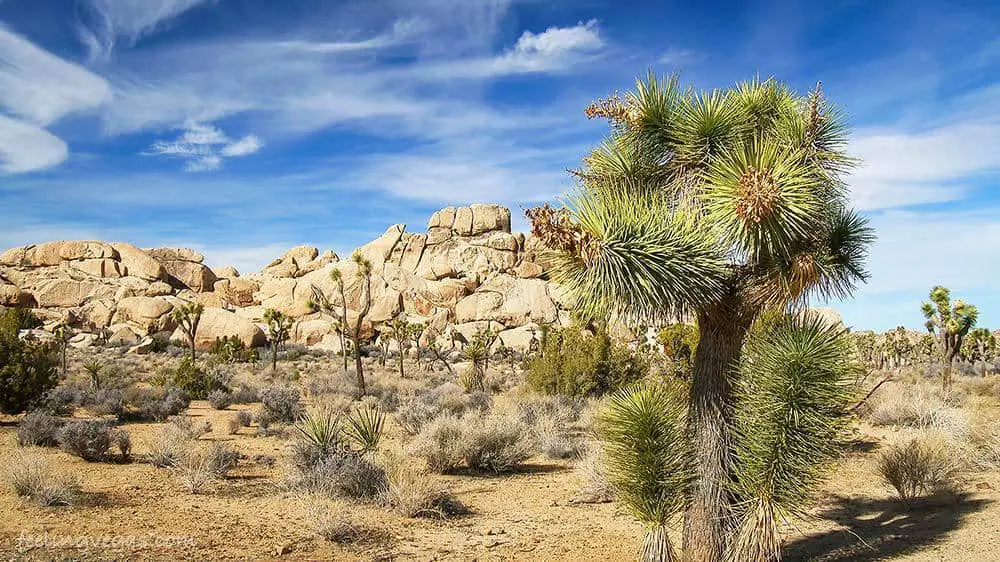
If you still want to see more Joshua trees, you can drive over to Joshua Tree National Park near Palm Springs.
Enjoy Camping at the Hole-in-the-wall Campground
The Hole-in-the-wall Campground has 35+ campsites that you can use for a thrilling camping experience. They allow RVs and you are free to build tents in the area. The mountains surrounding the Hole-in-the-wall Campground are nothing short of spectacular.
Visit Death Valley National Park
Death Valley National Park is both the largest and hottest national park in the country. While the heat in the summer might be an issue for the unprepared traveler, you will experience a sightseer’s delight with views such as Dante’s View and Wildrose Peak.
Aside from a fantastic camping experience, Death Valley also offers you a chance to see the stars like never before. Death Valley is an official dark sky park. Head to the northwestern region of the park at night to see the darkest sky in the country.
Conclusion
Even though many people consider Las Vegas’ weather conditions to be harsh, it still has some of the best weather in the entire Mojave Desert region. Its proximity to a water supply played a significant role in its becoming the most prominent city in the desert.
The Mojave itself has evolved over the last four centuries to become one of the leading tourist destinations in the country alongside Las Vegas. When you visit Nevada, you can enjoy the best of both modern and historical attractions.
I absolutely encourage you to take advantage of the several parks in the Mojave desert by following some of the fun tips in the previous section.
Sources:
- Wikipedia: Mojave Desert
- Wikipedia: History of Las Vegas
- Wikipedia: Death Valley National Park
- Mojave Desert: Timeline of History of the Mojave Desert
- National Park Service: History & Culture – Mojave
- New World Encyclopedia: Mojave Desert
- California Through My Lens: What to do in the Mojave National Preserve

